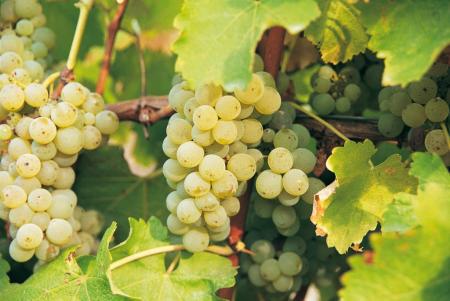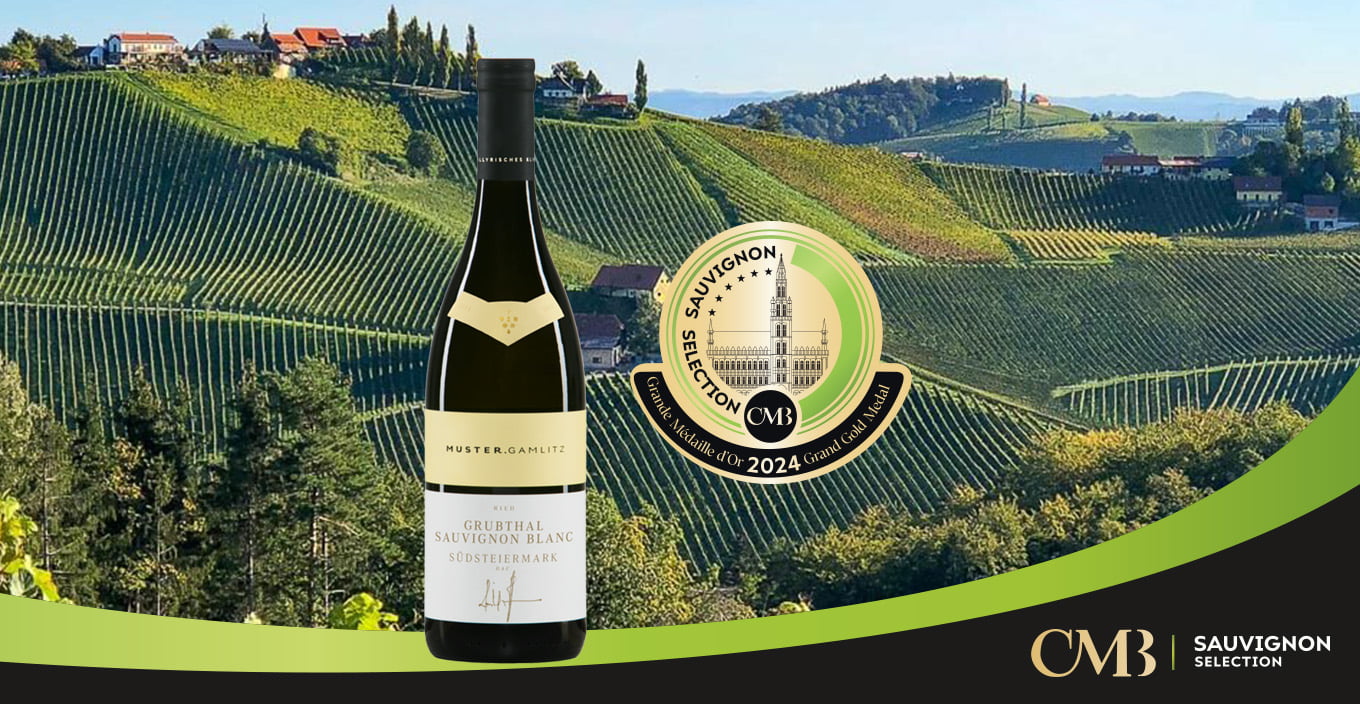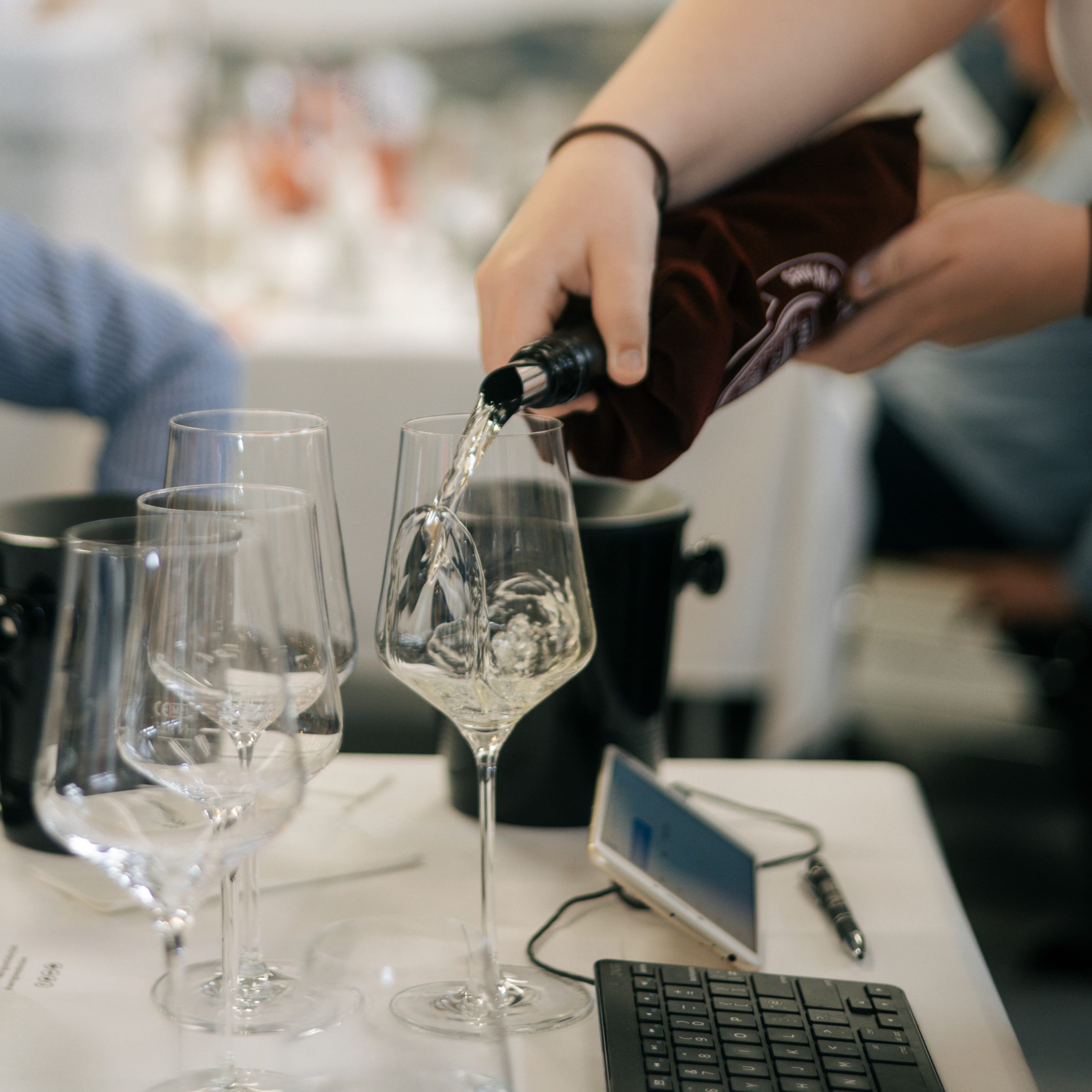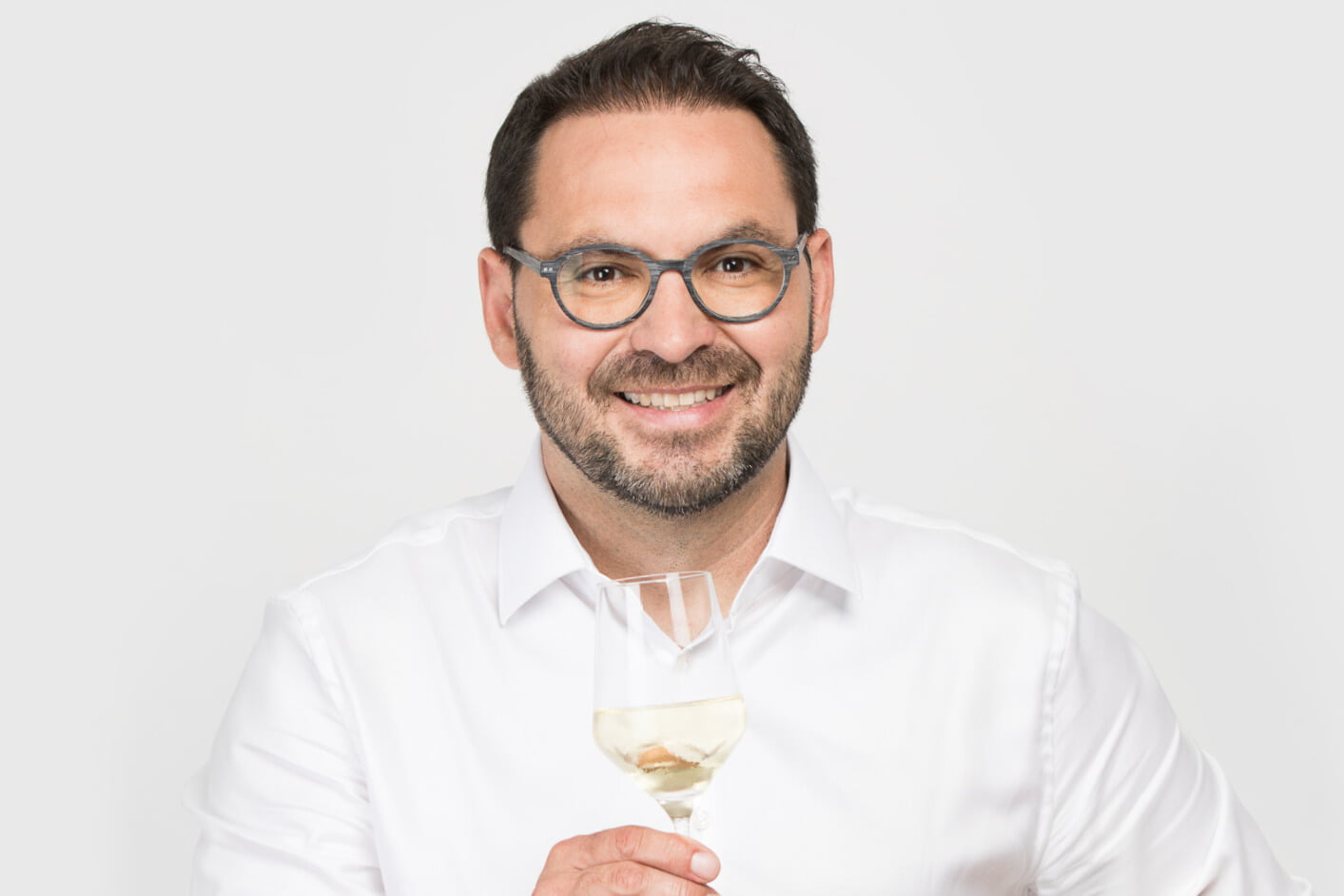Why Sauvignon blanc is popular with both viticulturalists and consumers

Its versatility and adaptability, its discovered parentage of the king of red varieties Cabernet-Sauvignon in the late 1990s and, undeniably, its amazing success story in New Zealand have combined to underpin Sauvignon blanc’s worldwide popularity. Detractors may point to its weaknesses – its excessive leafiness when cropped too heavily for instance, or the consumer boredom that characterises many international grape varieties – but the continued surge in global sales is a clear indicator that its qualities far outweigh its shortcomings.
Sauvignon blanc continues to provoke strong reactions, both positive and negative, but constant quality improvements and research have broadened the range of flavours, prompting wine writers like Jancis Robinson to claim they are “more excited about the range of wines being made around the world from Sauvignon blanc grapes” than ever before. The initial benchmark in terms of style was France, the variety’s country of origin, even though its precise origin is not known, as is often the case with ancient varieties. First mentioned in the late 16 century, it may have descended from the Savagnin variety common in Jura. At some point in the 18th century, it paired with Cabernet Franc in a field crossing to produce Cabernet Sauvignon, a discovery that enhanced its reputation as a quality cultivar.
Vigour control a prerequisite
The name itself, according to ampelography expert Pierre Galet, derives from the French words for ‘wild’ and ‘white’. Wild indeed is a word that could characterise its vigour, which has to be seriously kept in check in order to obtain persuasive results. By all accounts, it is a technically demanding cultivar requiring balanced conditions and vigour control: too much vegetation produces an herbaceous character in the wines due to the berries failing to ripen properly whilst, conversely, exposure to sunlight can also affect flavour. It is an early-ripener and therefore suitable for cooler climates but also has the acidity to appeal to growers in warmer regions. According to French ampelographer and viticulturalist Jean-Michel Boursiquot, strong varietal character is believed to be more pronounced in cooler than in warmer climates, but this hasn’t stopped Sauvignon blanc from spreading to some of the warmest parts of the wine world including Australia, with increasingly convincing results.
Extensive range of styles
Sauvignon is commonly found as both a single varietal – for example in the Loire appellations Sancerre and Pouilly Fumé – and blended with other grapes such as Sémillon in Bordeaux. It is extremely versatile – hence its popularity within the wine industry – and can produce an extensive range of wines from dry and crisp to sweet and lush. In their authoritative tome ‘Wine Grapes’, Jancis Robinson, José Vouillamoz and Julia Harding comment on the growing trend in California and elsewhere to promote botrytis infections to produce sweet, Sauternes-style wines from Sauvignon blanc. California was in fact one of the earliest adopters of the variety at the end of the 19th century when cuttings were taken to California by Charles Wetmore (CEO to the Board of State Viticultural Commissioners) from Château d’Yquem. California producers coined the name Fumé blanc in the late 1960s, in a nod to France’s Pouilly Fumé. Much more recently, in 1970, the variety was introduced to New Zealand and has been grown in Australia since the 1990s.
Continued surge in plantings
Despite its ubiquity, one third of global Sauvignon plantings are still in France and 50% in Europe. Of the 100,000 hectares currently under vine worldwide, 17% are in New Zealand, 13% in Chile, 10% in South Africa, 7% each in the United States and Australia, 6% in Bulgaria and 4% in Spain. Sauvignon is the third most important white variety in France after Ugni blanc and Chardonnay. The Loire accounts for one third of French Sauvignon, mostly in Touraine and Centre-Loire. Gironde is the second-largest producer of Sauvignon, producing both dry and sweet wines from the variety, whilst Hérault and Aude in the South of France rank third and fourth respectively. Such has been the popularity of Sauvignon blanc amongst producers that authorities in some areas, including Hérault, have expressed concern over the imbalance caused by Sauvignon to the regional breakdown of grape varieties and the problems inherent to over-reliance on a small range of varietals. However the South of France is not the only part of the world where Sauvignon has taken hold: according to figures released by InterLoire, between 2007 and 2011, all the major Sauvignon producer countries in the world saw their areas under vine increase, many by double-digit figures. Even countries where the area under vine was already significant – such as New Zealand and France – continued to plant Sauvignon blanc over the period; it will be interesting to see whether post-2011 figures confirm this.
From New Zealand to the world
Whilst many countries have developed flagship varietals over the past few decades in an attempt to create a global identity for their wine industry and a marketing differenciator, Sauvignon blanc actually put New Zealand on the wine map. It is to New Zealand what Shiraz is to Australia and Riesling to Germany. The predominance of New Zealand Sauvignon obviously implies a strong risk element due to reliance on a single grape variety and greater research and promotion of site-specific Sauvignon will be needed to respond to fickle consumers. The success of New Zealand Sauvignon – or ‘Savalanche’ – has undeniably had an impact on the grape’s recent international distribution, particularly its spread in Chile and South Africa. New Zealand’s success may even have encouraged Old World producer regions, such as Languedoc and parts of Spain, to switch to the varietal as part of Europe-wide and Brussels-funded restructuring schemes.
A top-tier variety
Sauvignon Blanc’s key selling point is its straightforwardness with flavours rarely hidden in the background. In many key export markets, this quality has propelled Sauvignon blanc to top-tier white popularity status alongside Chardonnay and Pinot grigio. As research increasingly focuses on enhancing quality and broadening expression through more accurate site matches and the most suitable wine making techniques, the chances are that it will be up there to stay for quite some time yet.


